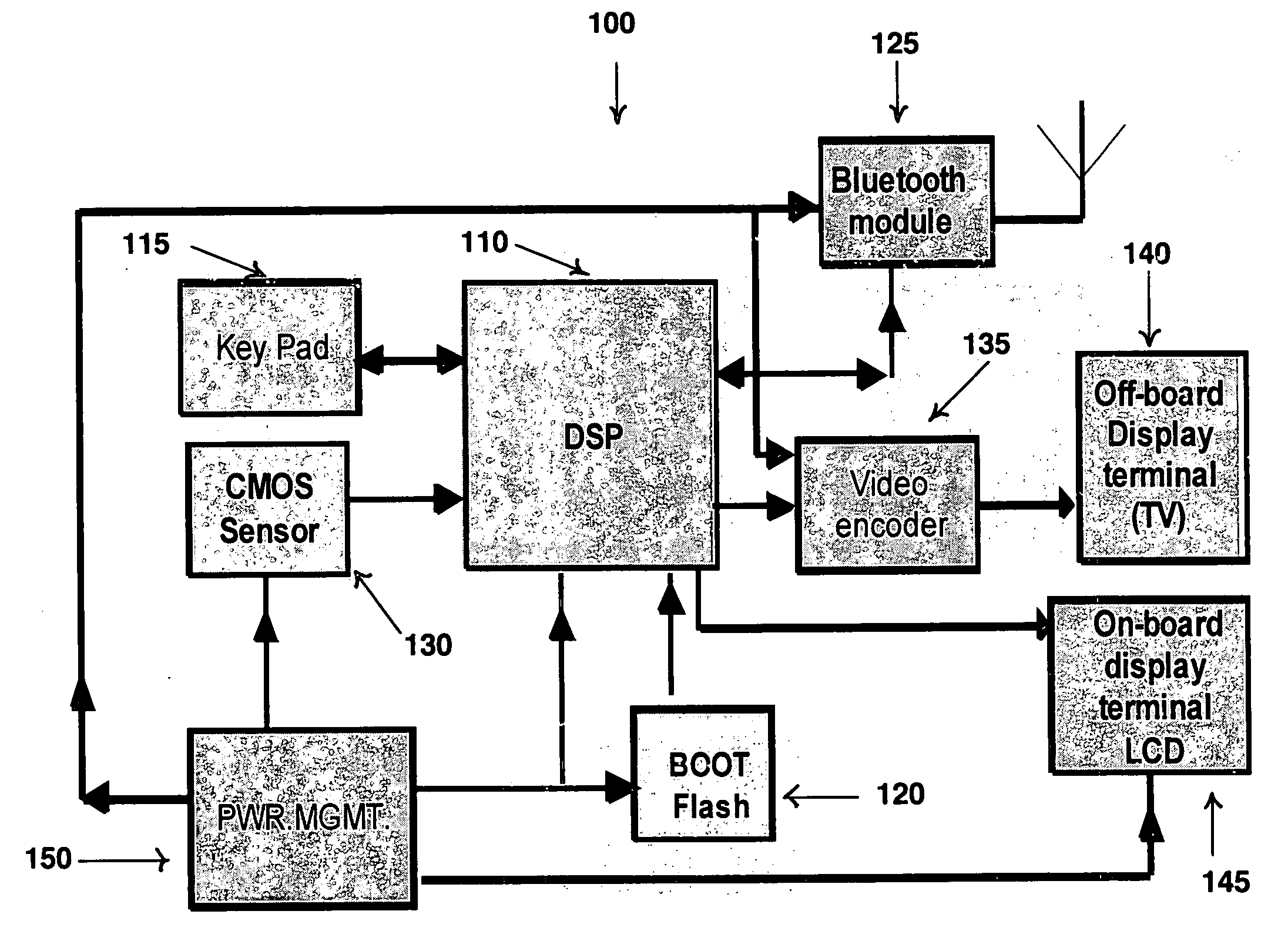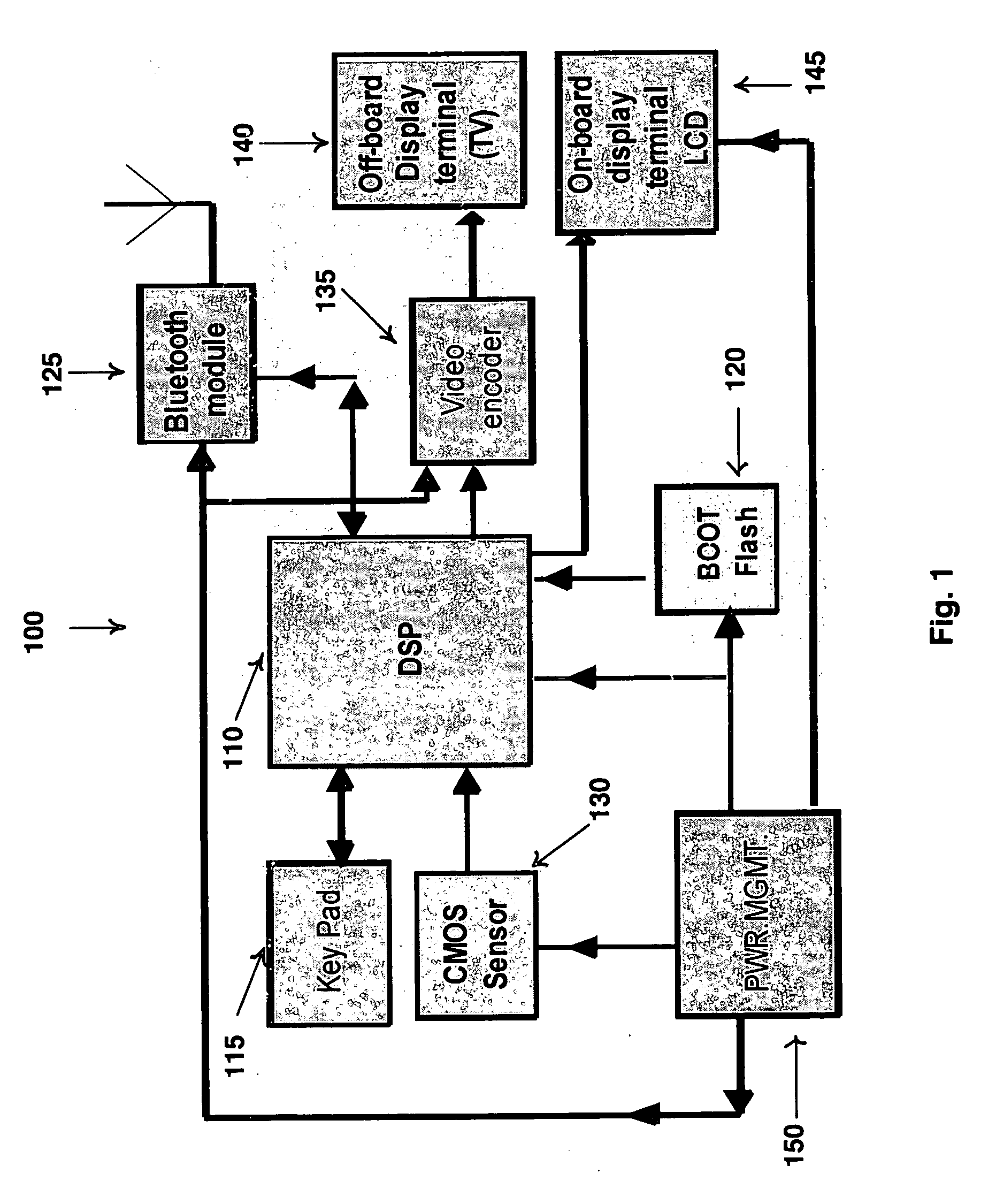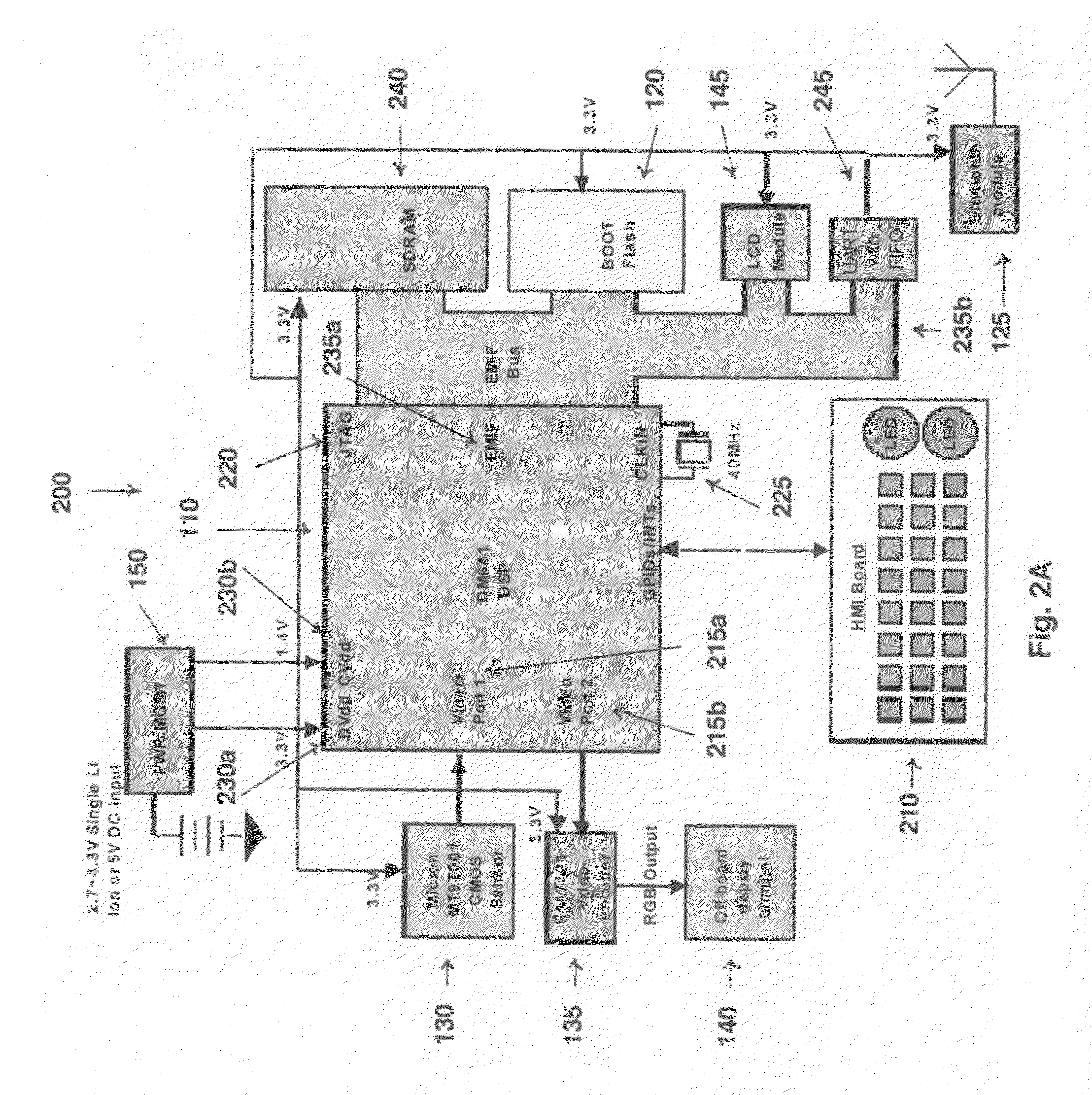Device and software for screening the skin
a skin and skin technology, applied in the field of biomedical screening devices and dermoscopy, can solve the problems of difficult processing of acquired pictures, high cost of treatment, and near fatal consequences
- Summary
- Abstract
- Description
- Claims
- Application Information
AI Technical Summary
Benefits of technology
Problems solved by technology
Method used
Image
Examples
example 1
Curve Evolution of Region-Based and Narrow Band Graph Partitioning Methods Level Set Formulation of Region-Based Curve Evolution
[0087]Given an image I⊂Ω, the region-based active contour model [4] finds the curve C that minimizes the energy based objective function:
E(C→)=λ1∫∫insideI(x,y)-c12xy+λ2∫∫outsideI(x,y)-c22xy+μL(C→)+vA(inside(C→)Eq.(1)
where c1 is the average intensity inside C; c2 is the average intensity outside C; μ, ν≧0, and λ1, λ2>0, are fixed weight defined based on a priori knowledge. L(C) and A(C) are two regulation terms. Following Chan's practice [4], the weights are fixed as λ1=λ2=1, μ=1, and ν=0 without the generality of the following derivation.
[0088]The main drawback of the explicit curve evolution (updating curve C directly) based on difference approximation scheme is that topological changes are di±cult to handle by such a evolving method. The levelset approach [5], however, handles such changes easily by defining the contour of a region as a zero-level set of ...
example 2
Skin Lesion Segmentation Algorithm Based on Region Fusion Narrow Band Graph Partitioning (NBGP)
[0103]Region Fusion Based Segmentation
[0104]At the first stage in Algorithm 1, active contours are applied iteratively inside each segmented regions. Based on the prior knowledge of the application, different strategies can be chosen to further segment only regions with lower intensity, higher intensity, or both. In the skin lesion segmentation, since the skin lesion always have lower intensity than that of the skin and blood volume, regions are always segmented with lower intensity further. The iterative segmentation procedure stops when the number of pixels inside the region is smaller than MinArea % of the total number of pixels in the image. For the skin lesion segmentation, based on extensive test, MinArea=10 was chosen. This makes sure that small lesions can be correctly segmented, while avoiding an over segmentation problem.
[0105]The second stage merges overlapping and / or non-overla...
example 3
Application of Segmentation Algorithm
[0114]Image Acquisition
[0115]XLM and TLM images were acquired with two Nevoscope [34,35] that uses a 5× optical lens (manufactured by Nikon, Japan). An Olympus C2500 digital camera was attached to this Nevoscope. Fifty one XLM images and sixty TLM images were used. The image resolution is 1712×1368 pixels. Region of interests (ROI) was identified in every image and segmentation, manually by dermatologists and automatically using our method, was performed on a 236×236 region obtained from a preprocessing step described in the next section. Results from manual segmentation were used as reference in evaluations. In addition, one hundred ELM images were acquired using oil immersion technique [11-12]. Among them, thirty images were melanoma and the rest were benign. Three dermatologists performed segmentation on the original image scale. The average contour was used as reference in our experiments.
[0116]Pre-Processing and Parameter Settings
[0117]To im...
PUM
 Login to View More
Login to View More Abstract
Description
Claims
Application Information
 Login to View More
Login to View More - R&D
- Intellectual Property
- Life Sciences
- Materials
- Tech Scout
- Unparalleled Data Quality
- Higher Quality Content
- 60% Fewer Hallucinations
Browse by: Latest US Patents, China's latest patents, Technical Efficacy Thesaurus, Application Domain, Technology Topic, Popular Technical Reports.
© 2025 PatSnap. All rights reserved.Legal|Privacy policy|Modern Slavery Act Transparency Statement|Sitemap|About US| Contact US: help@patsnap.com



